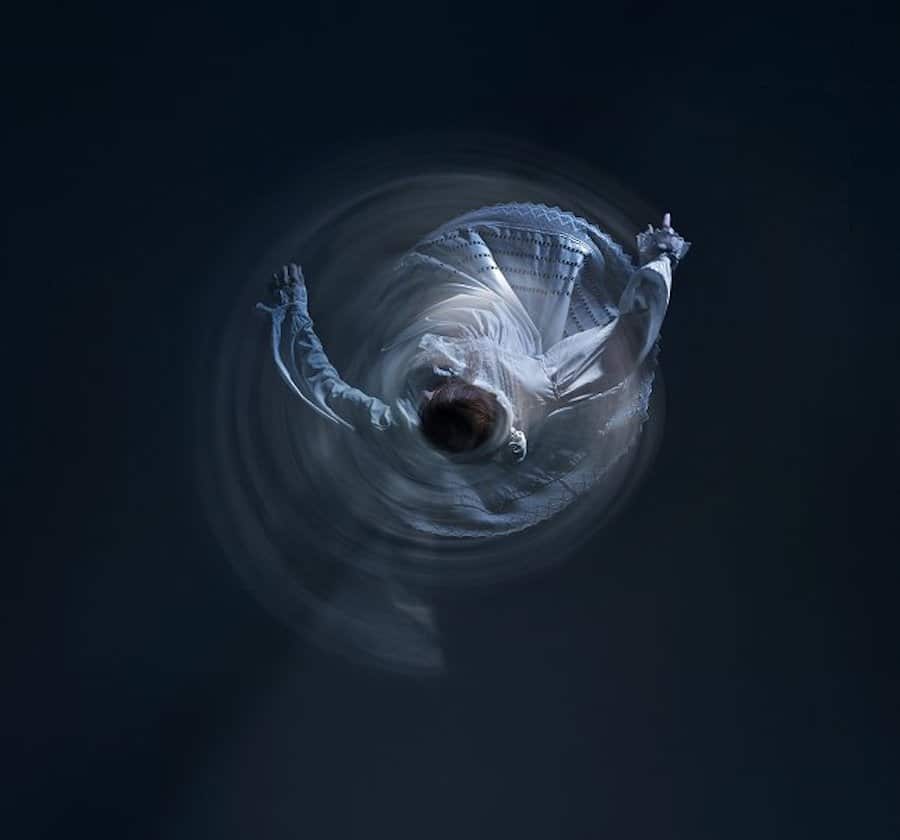This article was translated by John R. Bopp
Science magazine has just published a study on the behavior of electrons that is having a huge impact worldwide, as understanding the behavior of electrons will allow us to develop faster computing systems.
And for us Basques (and their friends) it’s even more special. The work was carried out in part at the Donostia International Physics Center (DIPC) in San Sebastian, and at the University of the Basque Country (EHU/UPV), along with researchers in Germany.
Getting published in Science is very prestigious for these centers, and it’s a clear indicator that the research being done in our country is also playing in the “big leagues”.
We here at the blog cannot help but recall how convinced we are that it’s necessary to do more in the field of research; we should not be complacent! Our universities and research centers have to be even more effective, our government has to dedicate more resources and support to research, and our companies must invest more, much more, in research to improve our industrial capacity.
That’s why when we come across a report like this, with this result of the effort of our nation in the field of research, we feel obligated, and very happy, to share it. It’s only fair.
Zorionak!
Since we’re not able to explain it any better than the authors themselves, we’ll leave you with the report that was published on the DIPC website, and a link to the article in Science.
Bailando no se ganan carreras, esta semana en Science
Imaginen una carrera de 100 metros en la que participa Usain Bolt, el hombre más rápido de la historia, en plena forma. Imaginen los músculos en tensión, el pistoletazo de salida y los escasos diez segundos que transcurren hasta cruzar la línea de meta. E imaginen la sorpresa al descubrir que Usain Bolt, aún siendo el más rápido, llega en último lugar, unos segundos después que el resto de corredores. Y que la razón de que pierda la carrera es que el bueno de Usain ha decidido marcarse unos pasos de baile antes de echar a correr.
Science – 22/9/2017 – USA
Angular momentum–induced delays in solid-state photoemission enhanced by intra-atomic interactions
Attosecond time-resolved spectroscopy provides the ability to probe the fastest electronic processes in atoms and solids. Yet the photoemission process from solids is not fully understood. Siek et al. studied photoemission from the layered van der Waals material WSe2and found that electron emission occurs as a sequence of events that are apparently time-ordered with respect to rising angular momentum of the involved initial states (see the Perspective by Yakovlev and Karpowicz). This result will help provide a more detailed picture of the photoemission process.
(Continue) (Automatic Translation)
Photograph that shows the simile of a trapped electron dancing around the nucleus of an atom (Credits: photo: López de Zubiría; Art direction: Satons Bregaña, dancer: Itsaso Gabellanes)
Last Updated on Dec 20, 2020 by About Basque Country






























